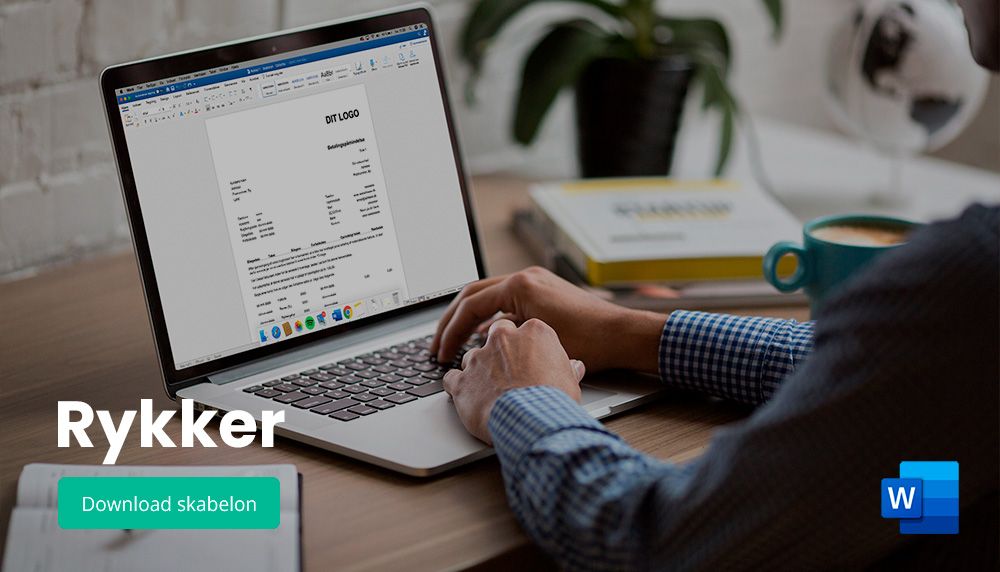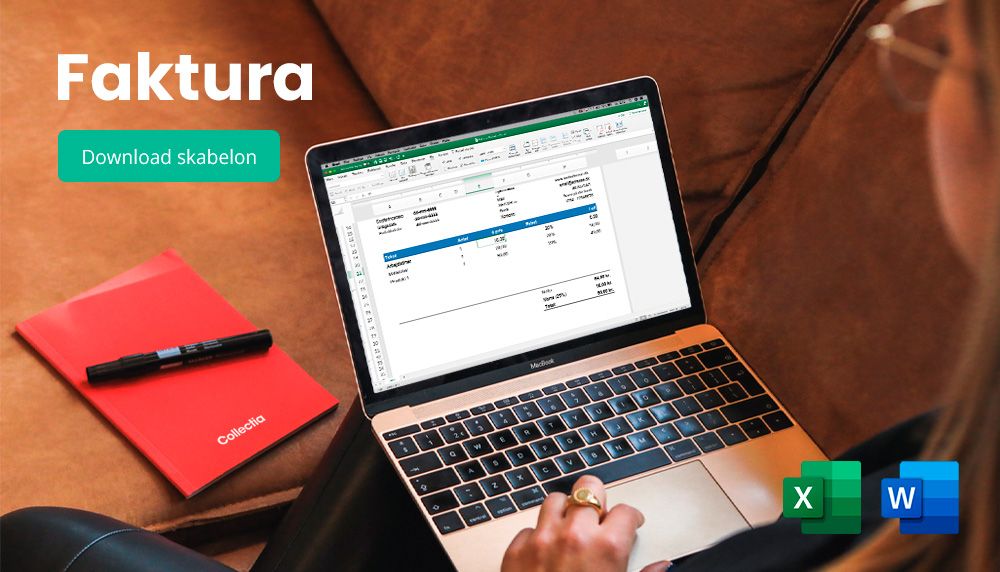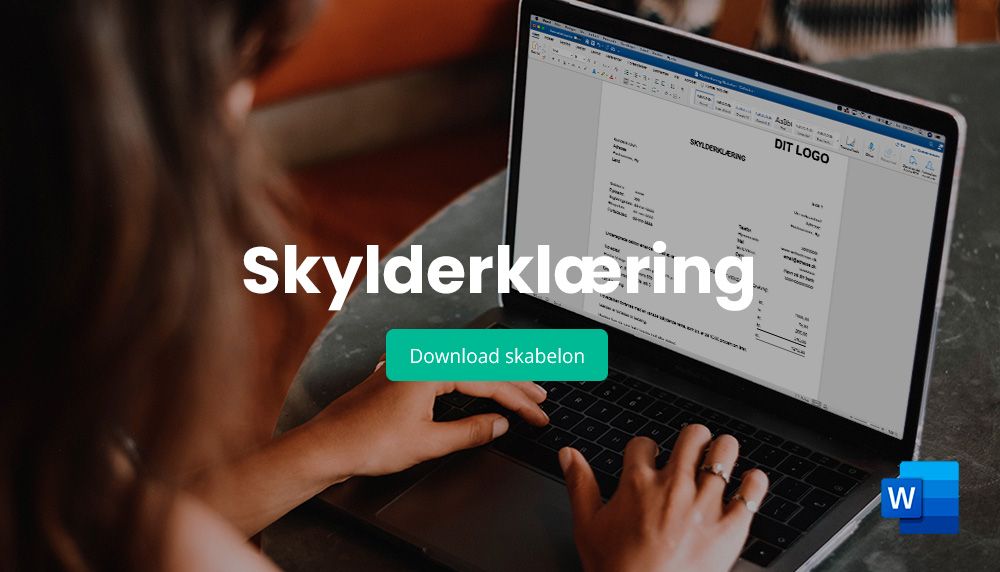
Depreciation and amortization
The concept of depreciation is an accounting discipline undertaken to ensure that a company's financial assets, operating assets or intangible assets represent the correct value in a financial statement.
For example, a car that the company depreciates over 5 or 10 years to show in the financial statements that the value of the car decreases over time.
Depreciation law
Depreciation is regulated according to the Executive Order of the Act on Tax Depreciation - or in common parlance simply referred to as the Depreciation Act.
The depreciation law continues including, but not limited to:
- Fixed assets must be depreciated.
- Deductions can only be claimed for assets used for business purposes.
- The asset must be part of the company's daily operations.
- A maximum of 25% can be depreciated per year (except for small purchases).
- The asset must be delivered.
Depreciation methods
There are several methods of depreciation, including: the straight-line method, the balance method or immediate depreciation.
With straight-line depreciation, the company depreciates a fixed amount each year. So, if an asset has a value of DKK 100,000 and the company estimates the asset's lifetime to be 10 years, then the value is depreciated by DKK 10,000 each year (DKK 100,000 / 10 years).
If the asset is expected to have a scrap value after 10 years, this should be deducted from the purchase price: (purchase price - scrap value) / lifetime.
The balance method depreciates the asset by a fixed proportion of the book residual value - for example, 25% each year. In other words, by using the balance method, the asset is not depreciated by the same amount each year, but by the same percentage.
Straight-line depreciation is used when the value of the asset is considered to be a minor acquisition. In other words, the company depreciates the value of the asset in the financial year in which the asset was purchased. This is typically seen with small IT purchases, telephones and similar office items. The limit for small acquisitions can be found on the Ministry of Taxation's website, and in 2023 it was DKK 32,000. The year before, the limit was DKK 31,000. Note that there are different rates.
Talk to your accountant about which depreciation methods are best suited to your business - and the type of assets you have.
Amortization of debt
Depreciation is also used in relation to debt and debt collection.
If a debtor 's debt is written off, it means that the debtor no longer owes the amount owed to the creditor or the creditor's collection agency.
A debt write-off can occur in several ways, but typically happens if a claim becomes time-barred, or upon the death or bankruptcy of the debtor.











